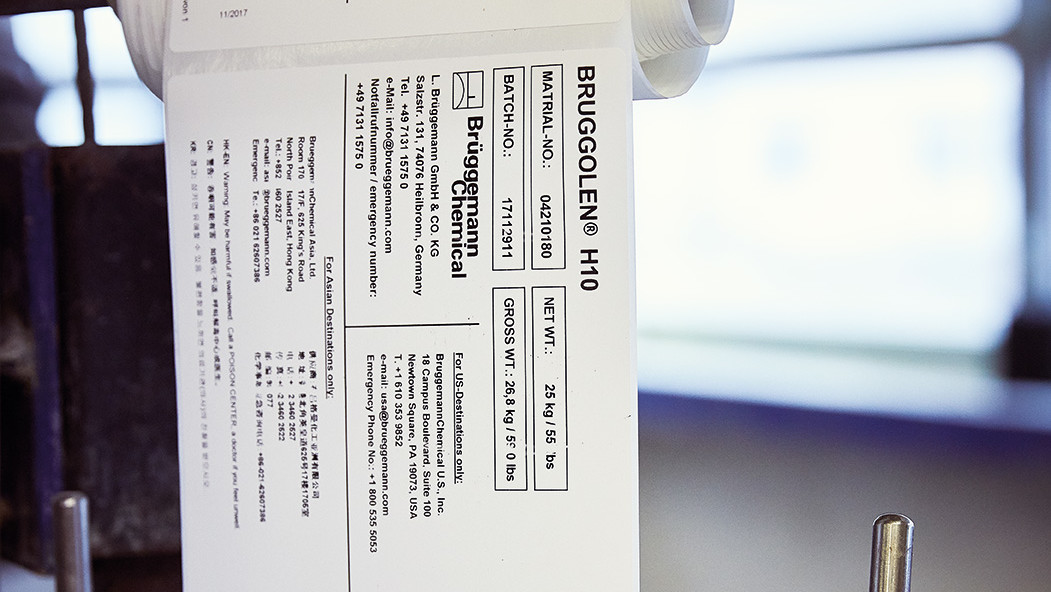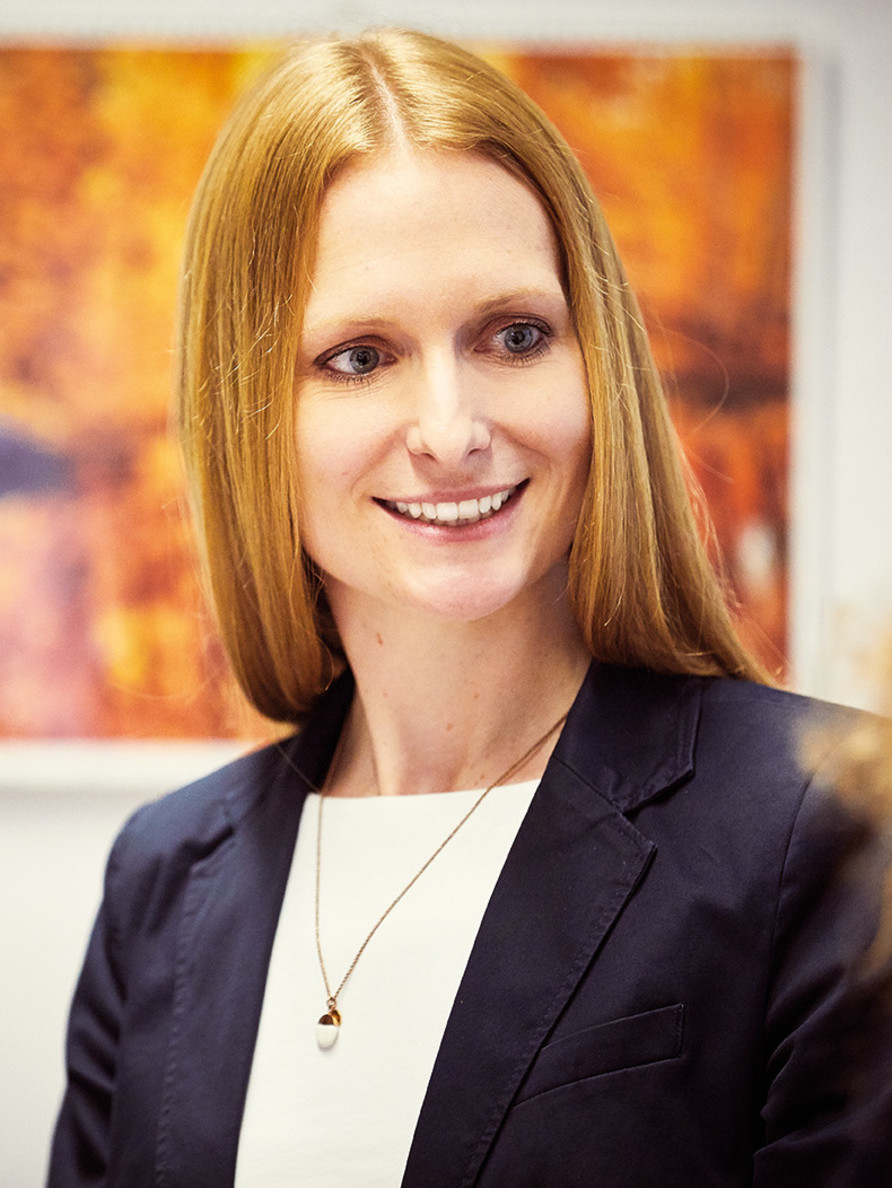2018. The last REACH deadline fits in well with Brüggemann’s anniversary. The European “Regulation concerning the registration, evaluation, authorization and restriction of chemicals” is one of the most stringent chemicals laws in the world. It calls on manufacturers and users to take responsibility for their materials and substances without compromise.

The regulation standardizes the protection of the environment and human health through registration, evaluation, authorization and restriction procedures. For Dr. Isabella Hebeiß and her colleagues in the Department for Environment and Safety, this means a lot of work. For two years, they have been looking after, among other things, the ordering, production and delivery of products. They always keep Brüggemann up to date and know the regulations for each raw material used. They commission tests, evaluate test reports, update registration dossiers and are responsible for timely data transmission. All existing substances must be registered in Europe this year in order to comply with REACH. When it comes to the evaluation of development products in the test phase, as well, the ladies of the Department of Environment and Safety must be there. They evaluate and prepare the safety data sheets for every new substance that is born at Brüggemann. The safety data sheets are something like a user manual or packaging insert for chemicals.
They describe what the product looks like, its physical data and its potential dangers. For this purpose, the classification is taken from the H and P data, the hazards and precautionary statements in English which are set out in a globally harmonized system for the classification and labeling of chemicals (GHS). They describe how materials are to be handled: How is it to be extinguished when it is burning? Does the user need personal protective equipment? How should the material be disposed of? Are there provisions for its transport? How is it legally classified? Is it registered at all in the country where it is to be used?

“Our expertise is to appraise substances.
As soon as the substance becomes more important in Development, tests are performed.”
“Our customer needs to know how to handle our product. That’s why it’s important that we get involved,” says Dr. Isabella Hebeiß. Classifying the risks of new developments? For this PhD in Chemistry, the cautious approach to new substances is on the agenda. “Our expertise is in evaluating substances. As soon as the substance becomes more important in the development, tests are made.” The safety data sheets allow Dr. Isabella Hebeiß to check with at least two people. The product managers have a look as well. “Four eyes see more. The aim of our department is absolute flawlessness.” It is not enough with the safety data sheet alone. The department compilates the safety data sheets and ensures that the information stored there – hazard and transport symbols, H and P data – is also included on the product labels. “We provide the production labels so that the products can be labeled accordingly. Also in coordination with Materials Management, we check whether everything is correct,” says Cornelia Friedrich. In general, the department is well connected within the company. Orders and inquiries come not only from Production, but also from Sales, Purchasing, Product Management and, of course, from the Research and Development Department. The ladies from Environment and Safety also approach their colleagues with other issues, for example in the field of Emissions and Water Protection, Waste and Fire Protection and occupational safety.
In general, the Department of Environment and Safety is seldom allowed to idle for long. New regulations and legislative changes give it new work to do almost every day. As a team, they are more efficient, says Dr. Isabella Hebeiß. That not only benefits their department, but the entire company. “Flexibility is important for a mid-sized company. We are often faster than the big companies.” Their co-workers also know: The ladies from Environment and Safety can be trusted. “I just quickly need... We can do that,” smiles Dr. Isabella Hebeiß.